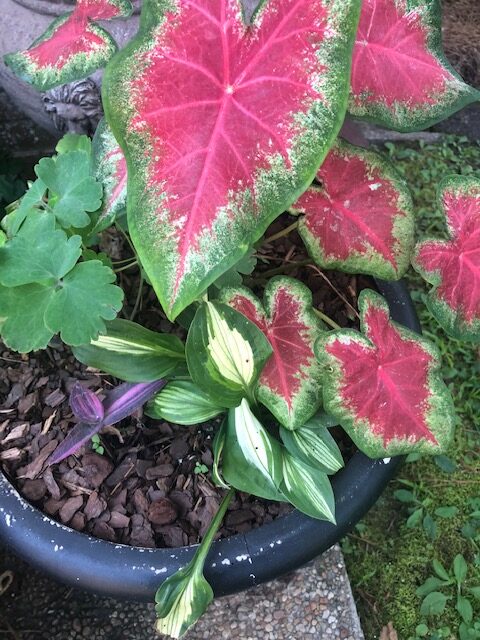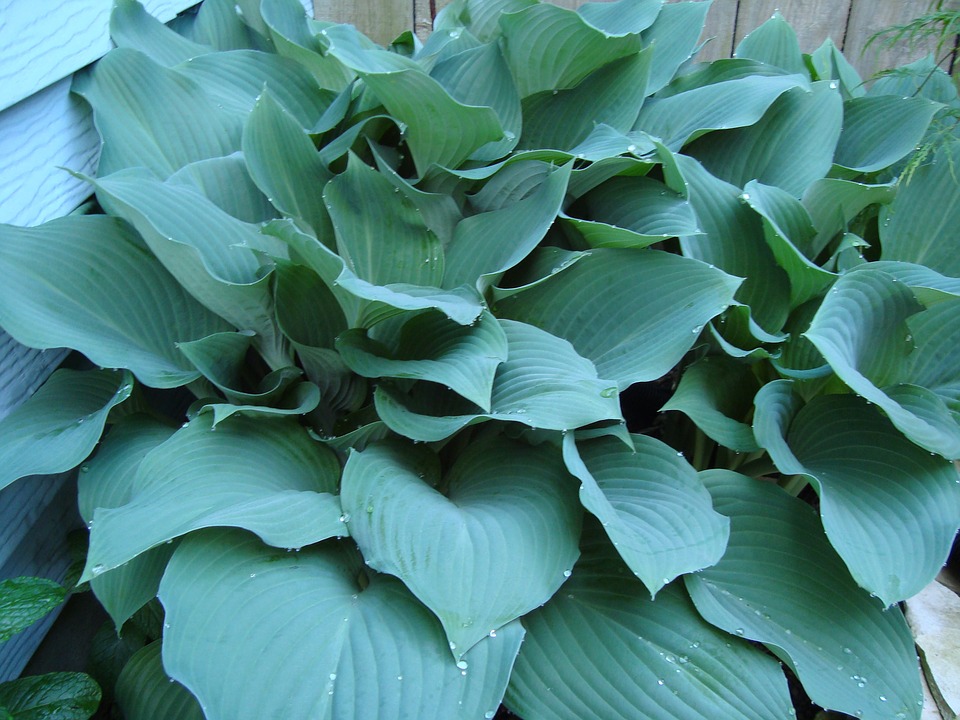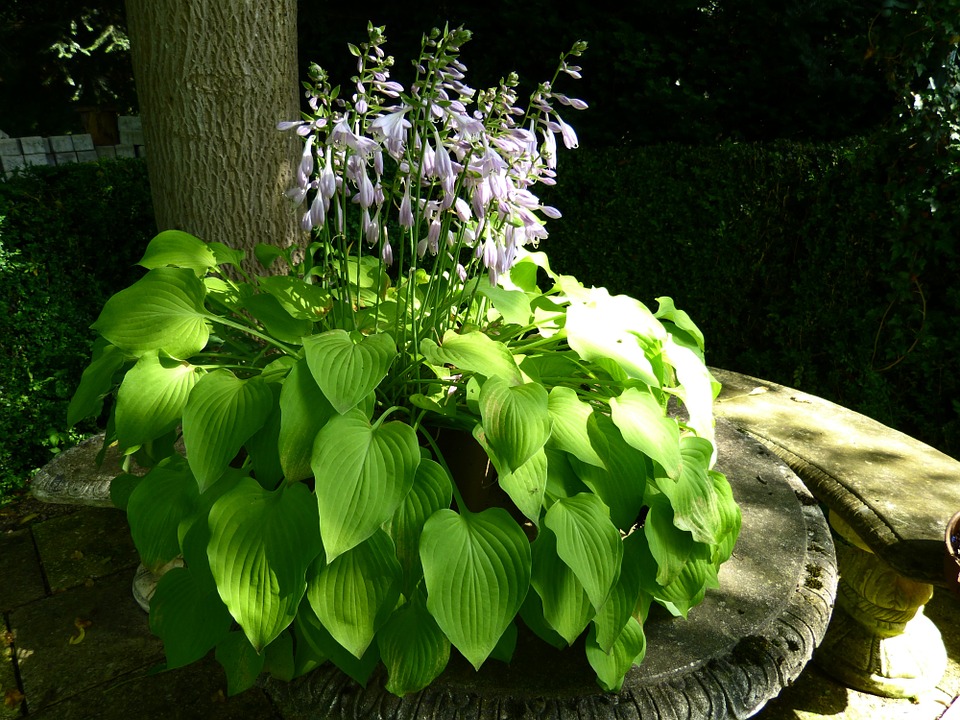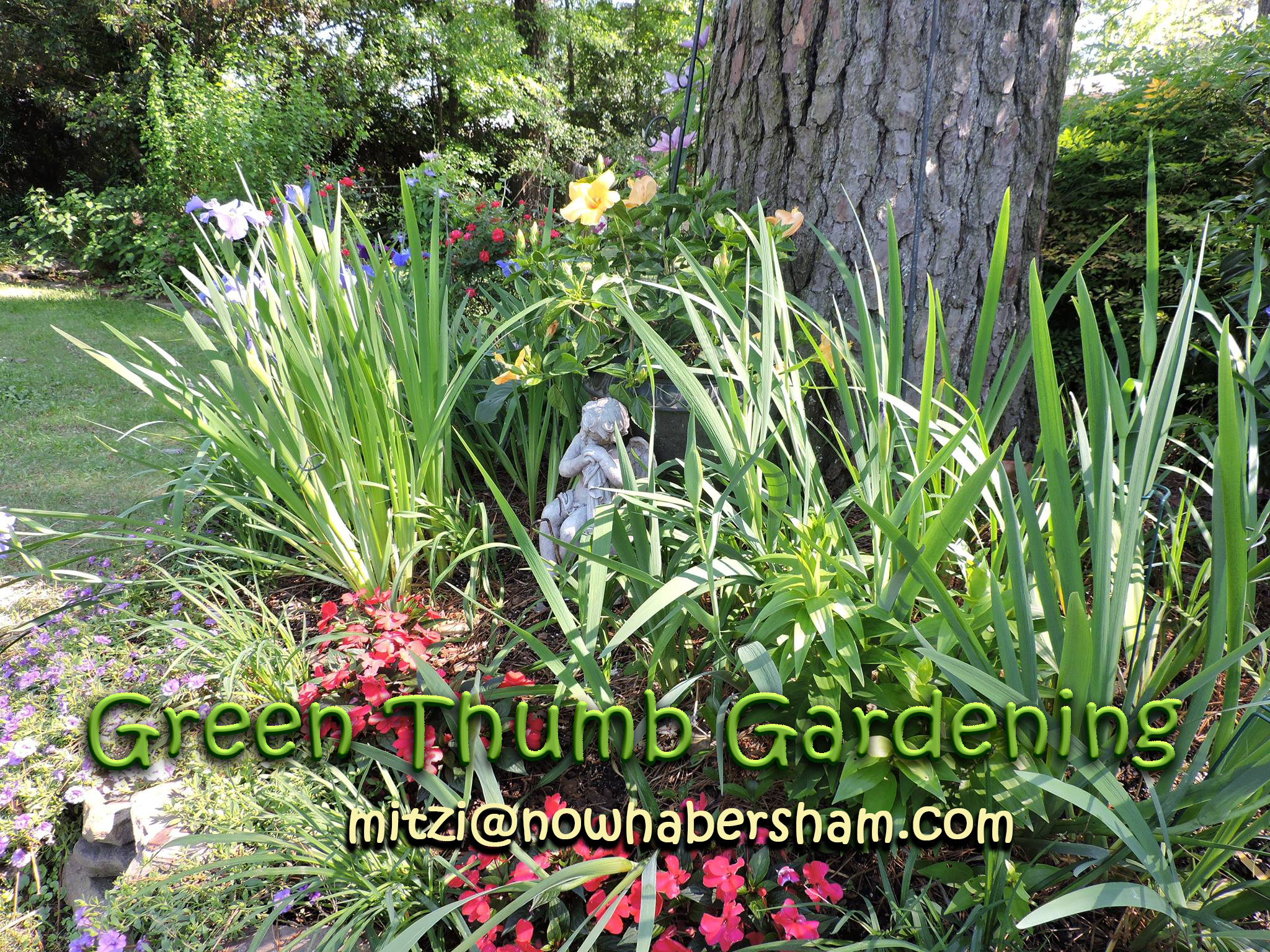
In Spanish, Hasta la vista means ‘goodbye’ or ‘see you later.’ It was brought to the public’s attention after it became a catchphrase in the 1991 film Terminator 2: Judgment Day. The thing is you’ll rarely ever have to say goodbye to these stars of the shade garden.
Hostas symbolize friendship and devotion. They’re long-lived and low-maintenance, just like any good friendship. I’m pretty devoted to these hardy perennials.
What’s neat about hostas is that there are so many sizes, heights, textures, and colors to work with! They fit into so many different kinds of gardens (patio, border, container, rock, shade) and are cold-hardy, too.
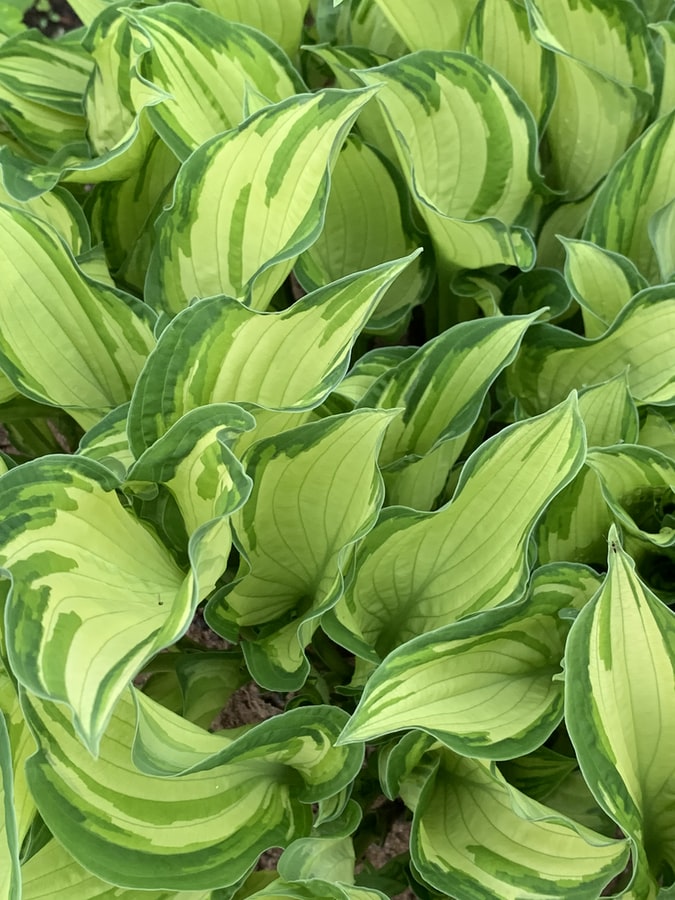 Most varieties tend to have a spread and height of between 1 and 3 feet, but larger or smaller varieties are readily available. Leaf colors include variegated white, lime green, and blue-green, to name just a few. The texture and shape of hosta leaves are also diverse, ranging from smooth and narrow to ridged and heart-shaped.
Most varieties tend to have a spread and height of between 1 and 3 feet, but larger or smaller varieties are readily available. Leaf colors include variegated white, lime green, and blue-green, to name just a few. The texture and shape of hosta leaves are also diverse, ranging from smooth and narrow to ridged and heart-shaped.
Though mainly known for their attractive foliage, the plants also produce lovely flowers from early summer to early fall in pink, lavender, light blue, or white. Hummingbirds and other pollinators love the flowers, and the flowers may even be fragrant, depending on the variety.
Be forewarned, there are plenty of critters that love hosta as much as you. Slugs, snails, rabbits, and especially deer, love hostas just as much. Keep this in mind if you have deer regularly wandering into your garden, as they will readily graze a hosta patch down to just stems.
Planting hostas
- Buy hostas as dormant, bare-root divisions or potted plants and plant them in the spring or in the fall.
- Hostas can be planted during the summer growing season but will need extra attention (mostly watering) to ensure that they don’t die in the heat of summer.
- Hostas do best in partial sun or dappled shade.
- Hostas’ large leaves do not lend themselves well to intense full sun.
- Once established, they can take the summer heat and withstand mild droughts.
- Soil should be well-draining and ideally have a pH between slightly acidic and neutral (6.5 to 7.0).
- Dig a hole that’s about twice the width and depth of the root ball of the plant. Loosening the soil in the planting area will benefit the hosta’s roots as they expand outward.
- Set the plants in the hole so that the crown (base) of the plant is even with the surrounding soil and any emerging leaf tips are visible at the soil surface.
- If buying potted hostas, plant them at the same soil level as in the pot.
- Gently dampen the soil around the plants and water until the soil is moist to settle the roots.
Transplanting or dividing hostas
Hostas don’t usually need dividing for their health. If they have less space, they’ll simply grow less quickly. However, if you wish to divide a hosta for a neater garden appearance or to share with your gardening friends, it’s best to do so in early spring once the “eyes” or growing tips start to emerge from the ground. This is also a good time to move or transplant a hosta to a new site.
Leave as much of the root attached as possible to each crown or plant. Plant the new hostas at the same soil level as they were previously. Water well until established.
I have hostas in several flower beds and a few smaller varieties are mixed in with some container plantings. While they come in an array of colors, including blue, my personal favorites are the variegated varieties. These really pop in shady areas.
Do you grow hostas in your garden? Which ones do you like best? Let us know, we’d love to hear from you and see your beautiful hostas. https://www.facebook.com/nowhabersham or email me [email protected]

